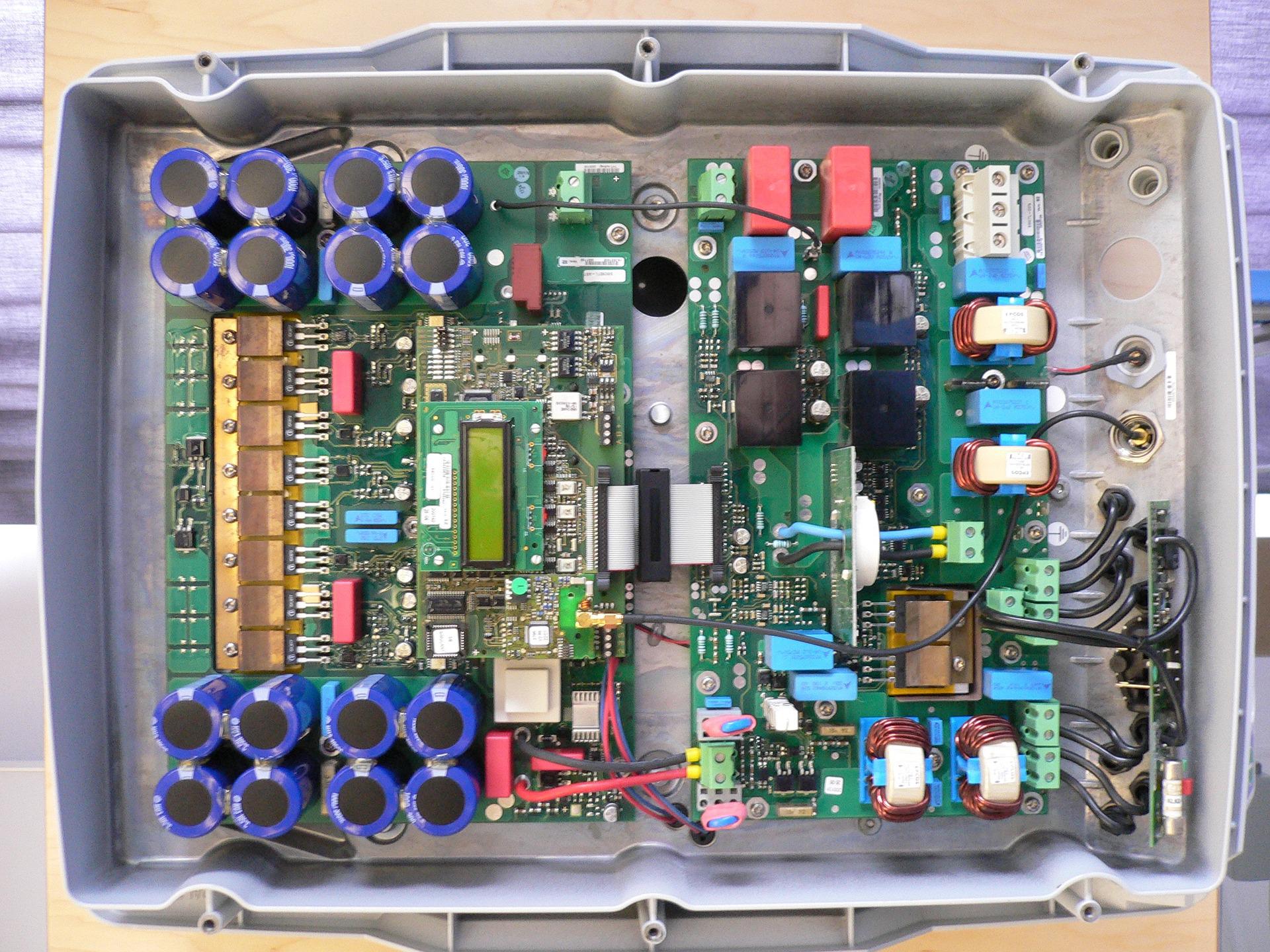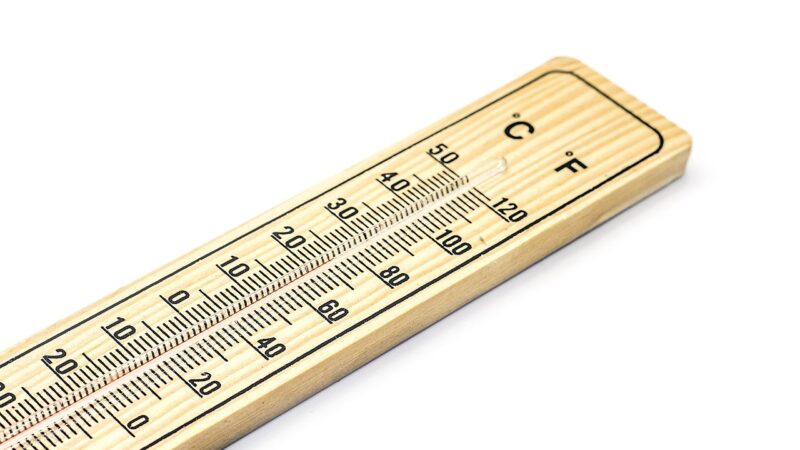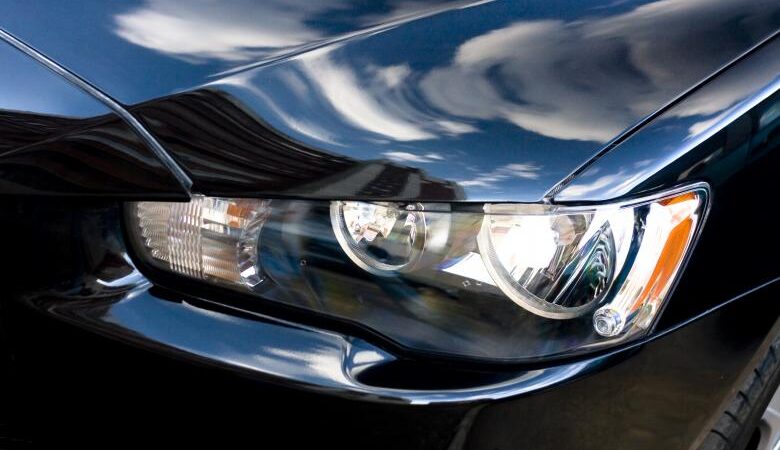How to choose the right inverter and battery for your home

Peak summers are almost here, and if you’re anything like me, summers could be synonymous with power outages in your area. In some areas, power outages can be a relatively short affair, with blackouts ranging from 15 to 30 minutes. However, some areas will see power outages lasting several hours every day. These scenarios can be problematic if you study or work from home, not to mention that the fans and inductions of the appliances do not do it when you face power outages.
The only real solution left is to get an inverter and battery setup for your home. Unfortunately, while getting an inverter has never been easier thanks to e-commerce and home delivery, choosing one can be a bit of a challenge for some. In fact, if you don’t know exactly what you’re looking for, you may end up paying more for a product that is actually less useful to you.
To avoid such mishaps, today we will see how to choose an investor for yourself, in a few simple steps.
How to select an inverter and battery
Note: The basic rules are that the inverter you select should be determined by the number of appliances you want to use during power outages, while the battery you select will depend on how long you want the power output.
We will calculate our needs in a few simple steps.
Planning
Before purchasing an inverter, half the job is planning the right one. To do that, you need to make a list of the devices that will be connected to the inverter. This will help you understand what total power you need.
For example, let’s say I need my inverter to be connected to a single 25W fan, a 60W TV, and two 40W LED bulbs. The total wattage I need would be 25+60+40+40 which is 165W. Then you can keep another 100W of buffer if you think you might add more connection points or appliances to the inverter in the future. Let’s say the total power along with this amount of buffer is 265W .
choose an investor
To choose the right inverter, you need to find its V/A (volts/amps) rating. There are a few steps to do this.
Your required volt-amp rating is essentially your required power (in watts) divided by the power factor of the inverter you’re considering.
The required power is the number of Watts that we calculated in the previous step. The power factor of an inverter is basically the efficiency at which the inverter operates.
An inverter will never be able to operate at 100 percent efficiency. Instead, it will likely operate at 50 to 80 percent efficiency. If your efficiency is 70 percent, your power factor will be 0.7, if it’s 80 percent, your power factor will be 0.8, and so on. Let’s assume that all the inverters we are looking at have a power factor of 0.7.
Once you have the power factor, calculating your volt-amp rating is easy. Simply divide the power required by the power factor of the inverter.
In our case, we will divide 265W by 0.7, which is equal to approximately 378VA . You can now choose any inverter that has a volt amp rating greater than 378VA. However, try not to choose too high a number, as that will simply be a waste of money.
choose a battery
You’ve chosen an inverter, but you still need a battery to hold power for when a power outage occurs. Here’s how to choose the right battery for you.
Battery capacities are measured in amp hours (Ah). To determine what Ah reading you need on a battery, you need to do a couple more basic calculations.
Remember this formula:
Battery capacity = {Power requirement (watts) multiplied by the number of hours} divided by the battery voltage (volts).
Don’t overspend on the wrong inverter, see how to select the right one here.
The battery voltage is usually 12V. So our battery capacity needed to keep our appliances running for, say, three hours would be…
{Power requirement (265W) multiplied by the number of hours (3 hours)} divided by the battery voltage (12V)
Which is (265×3)/12 = 66.25 Ah . So any battery capacity above 66 Ah would be enough for you. Although keep in mind that you can always go for a larger battery capacity for longer power times. That’s it. you have already calculated which inverter and battery you need.


![Major Sports Events [2025]](https://www.techhubupdates.com/wp-content/uploads/2025/02/Major-Sports-Events-Of-the-Year-2025-800x450.webp)


